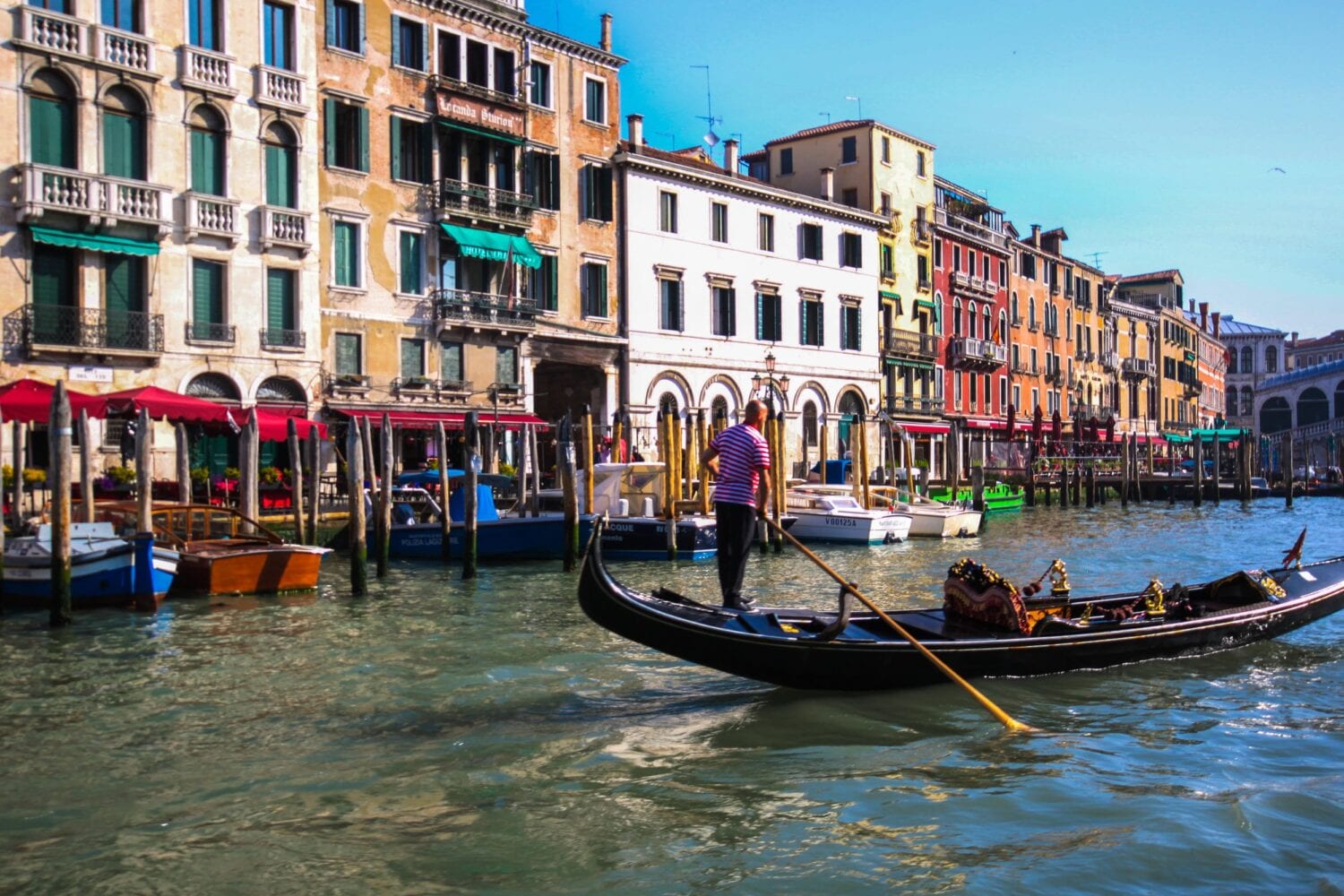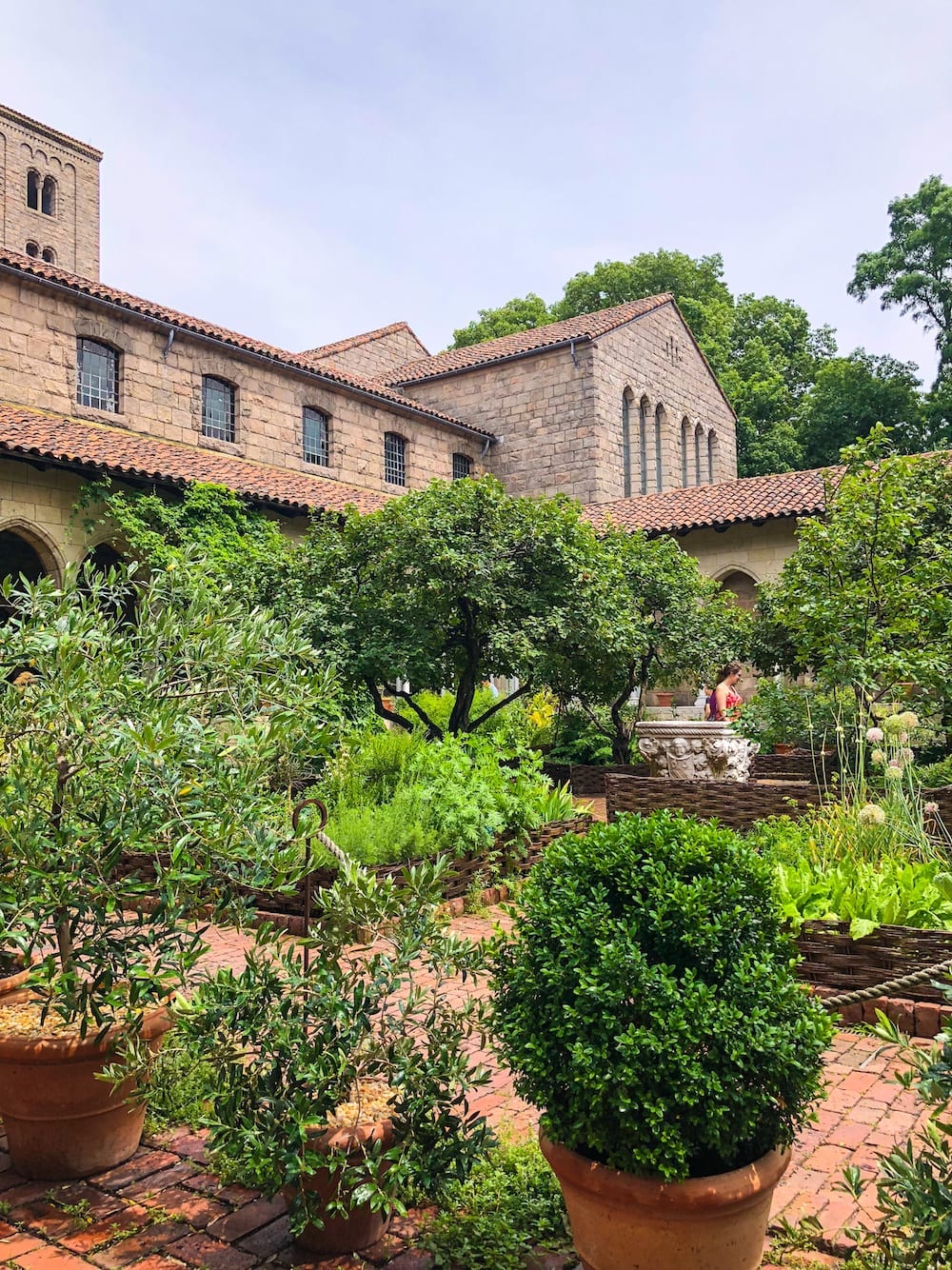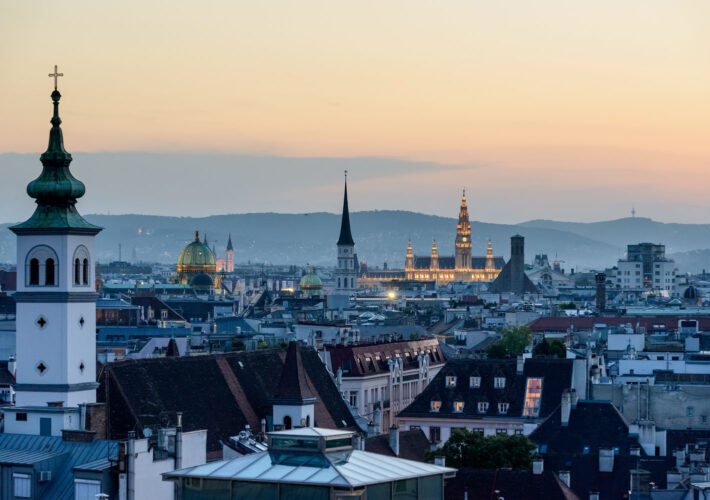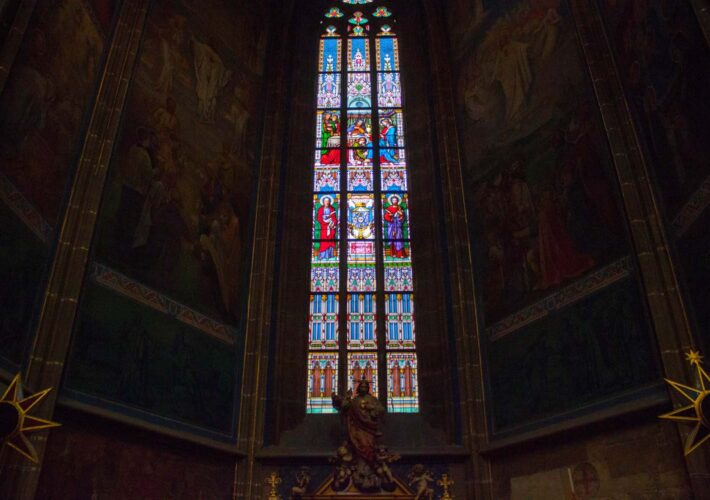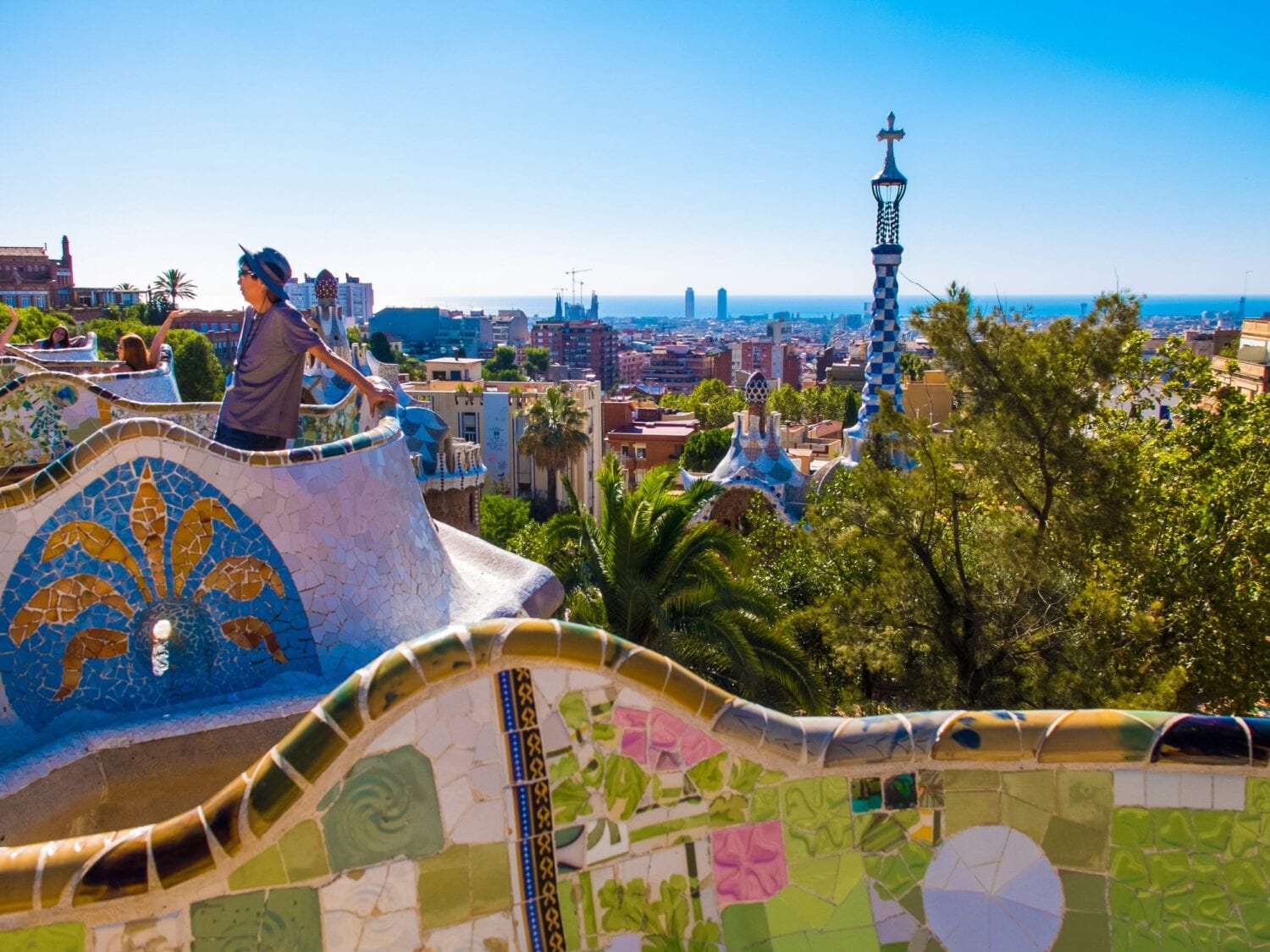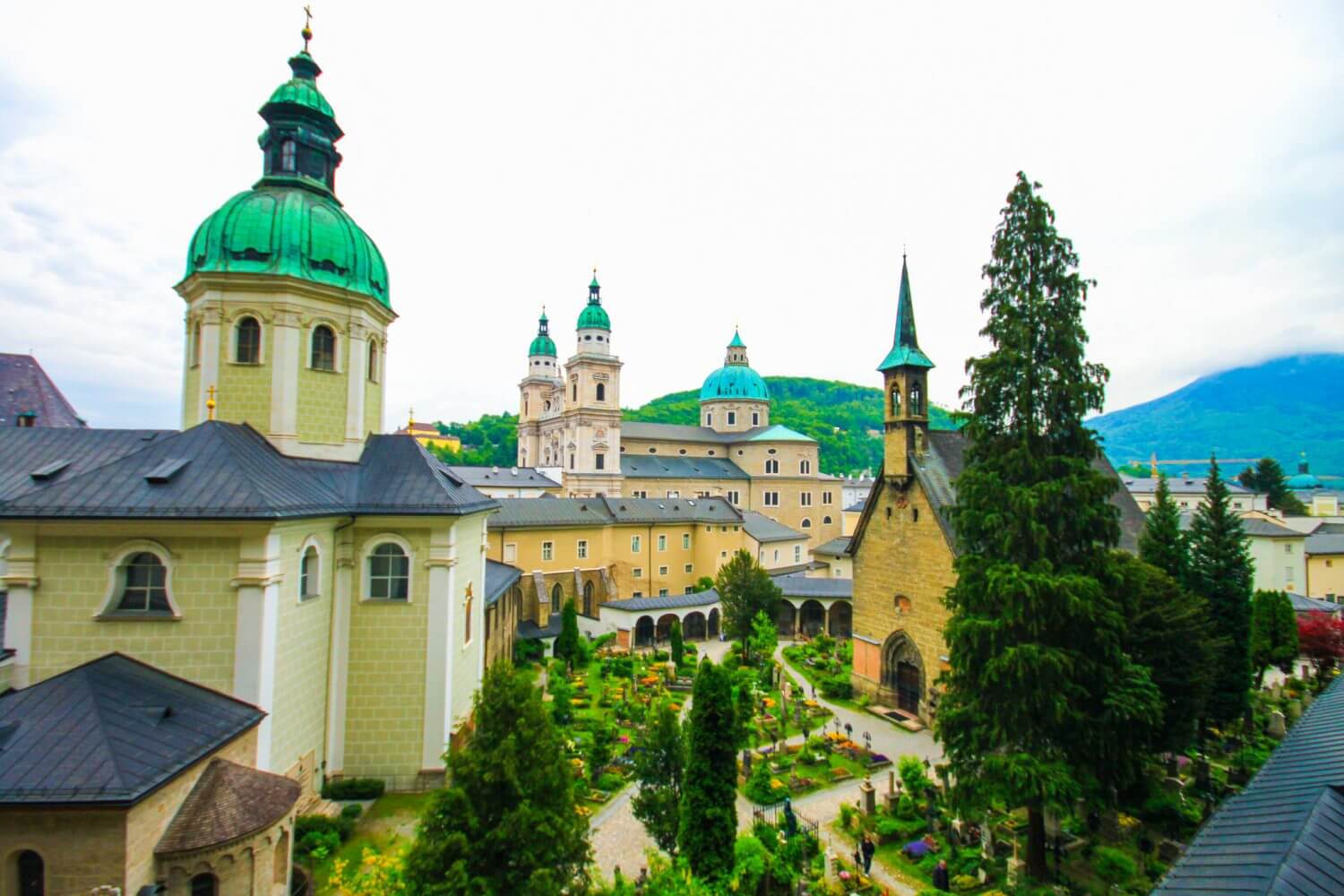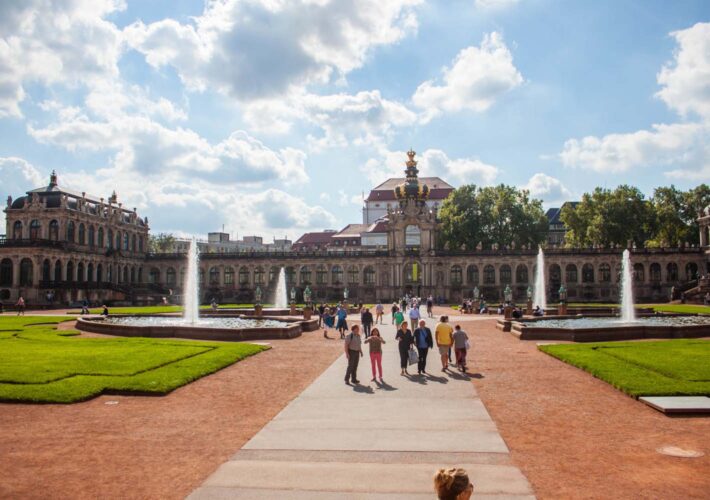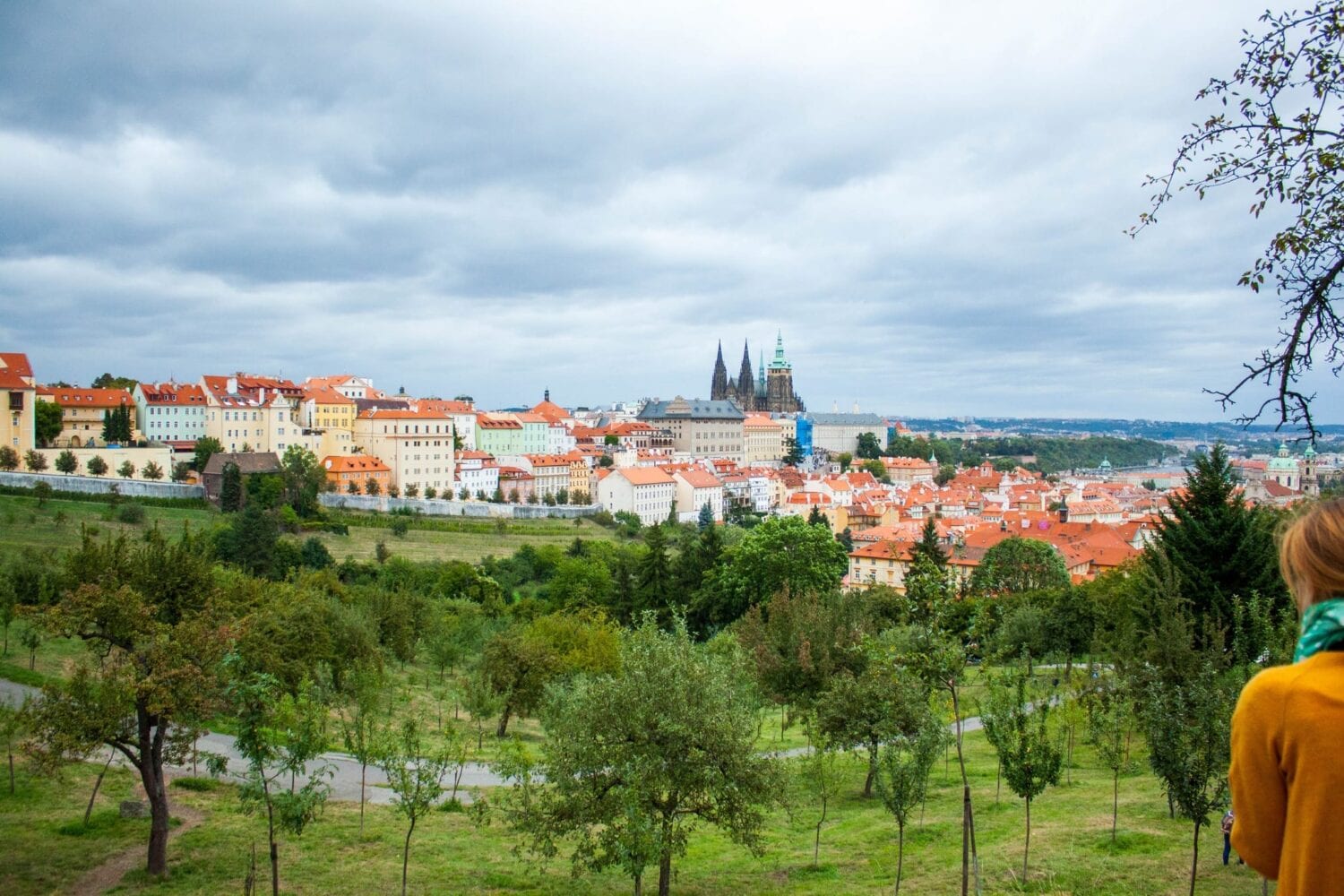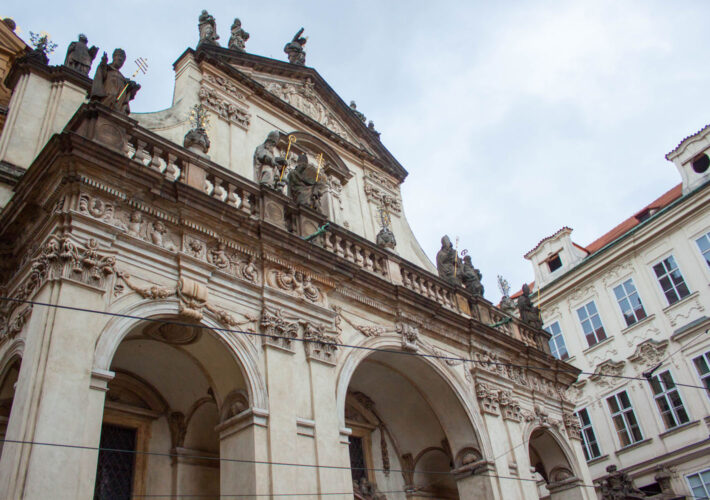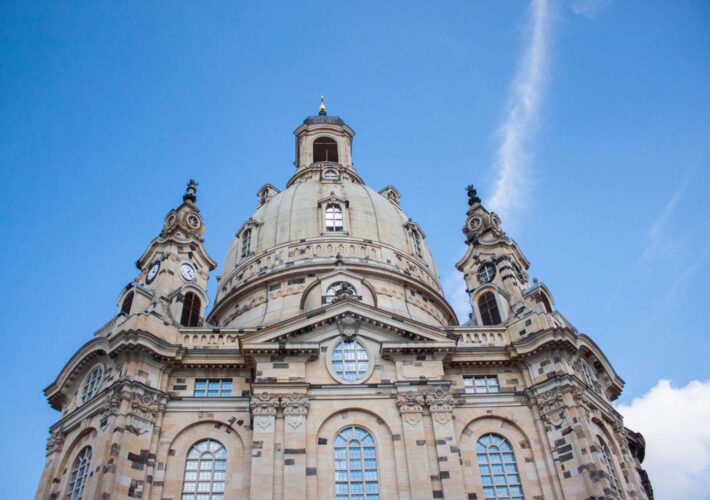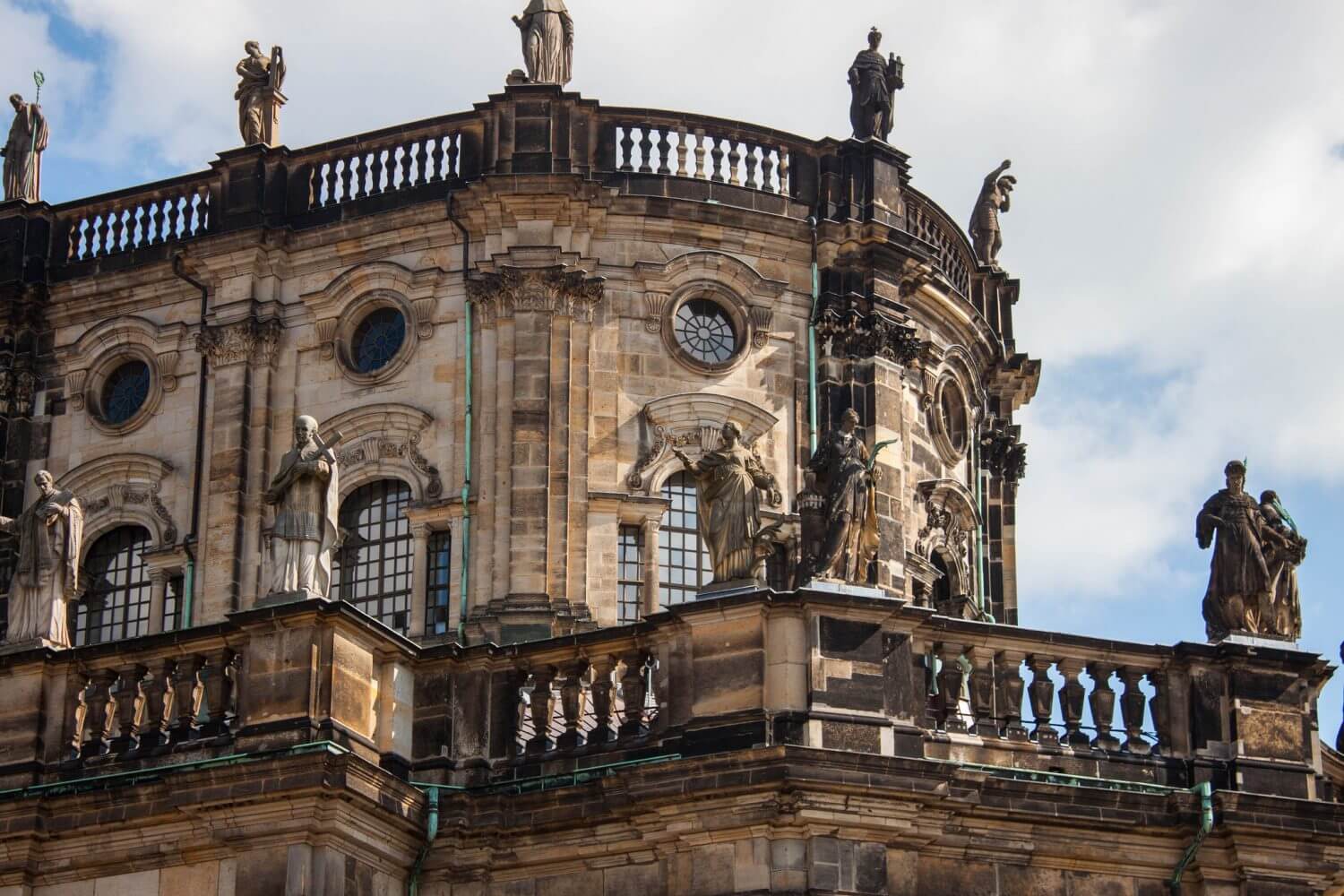The Grand Canal or Canalazzo is the heart of Venice. Ever since the founding days of the Venetian empire, this canal served as the major thoroughfare for the Venetian people. The most important historical palaces and famous Venetian buildings wrap around the edges of the canal. Once upon a time, the Grand Canal was the like the Rodeo Drive for Venetian aristocrats. The who’s who of Europe could be seen relaxing in gondolas, wearing the newest and most extravagant fashions, cruising up and down the river.
The Heavenly Bodies collection at the Cloisters focuses on the quiet, reflective nature of faith. The outfits are more complicated, require more thought and observation, and due to the remote location, allows you to have a more personal experience with the objects.
Vienna is the capital and largest city in Austria, and as of 2001, the entire town was designated a UNESCO World Heritage Site. It has been named the “City of Music” or the “The City of Dreams” and for good reason. Vienna is home to some of the most interesting architectural masterpieces in Europe.
St. Vitus Cathedral is one of the most astonishing churches in the world, and as such is filled with some of the most incredible pieces of art from across Europe. The best piece of art can be seen all over the walls. The stained glass windows of St. Vitus Cathedral are some of the most transcendent works of art which blend religious history and powerful human emotion.
Park Guell is one of Antoni Gaudi’s most imaginative and symbolic work of art which thanks to a failed housing project is now open to the public as a city park. Hidden in the north of Barcelona his version of nirvana.
St. Peter’s Abbey and Cemetery is the oldest monastery in the German-speaking world and truly a place where time seems to stand still. Although the abbey itself is stunning, the most notable part of the church is its cemetery.
The Zwinger is one of those historic buildings that is so seamlessly incorporated into the fabric of the city. Yes, it is also a very popular tourist destination, but the people who live and work here, don’t treat it with kid gloves. As if it’s something precious and should only be viewed from a distance. They luncheon here, bring their children to play and dash through the archways on their morning run.
One our first day in Prague we set out with our fantastic tour guide Barbora, from Prague Guides, who met us at our hotel and took us on a comprehensive tour of Prague from local’s perspective. Prague Guides were so affordable and gave you an intimate and personalised experience that is unmatchable.
Prague has some of the most beautiful libraries in the world, and although most of them are off-limits to the public, there are tours during certain times of the day which allow bibliophiles to soak up all the history and literary treasures that lie inside these old buildings.
The Dresden Frauenkirche or Church of Our Lady in one of the grandest buildings in all of Europe, but it is its destruction, and reconstruction is to me, what makes this church stand out. The interior and overall design aren’t in my top ten but the story behind, literally, every stone, is one I will never forget.
This building was always critical to the Catholic people of Dresden. After Augustus the II converted to the Protestant church, his son, seeing that the large Catholic population of his country needed a place of prayer, commission the construction of this church in 1738. Although like the rest of Dresden, the building was almost destroyed in WWII, the valuables such as the organ and altar pieces were saved and reintroduced into the restored church to bring together the original and restored church. The new church is built to the specs of the original using photography and first-hand experience to get all the details just right.

